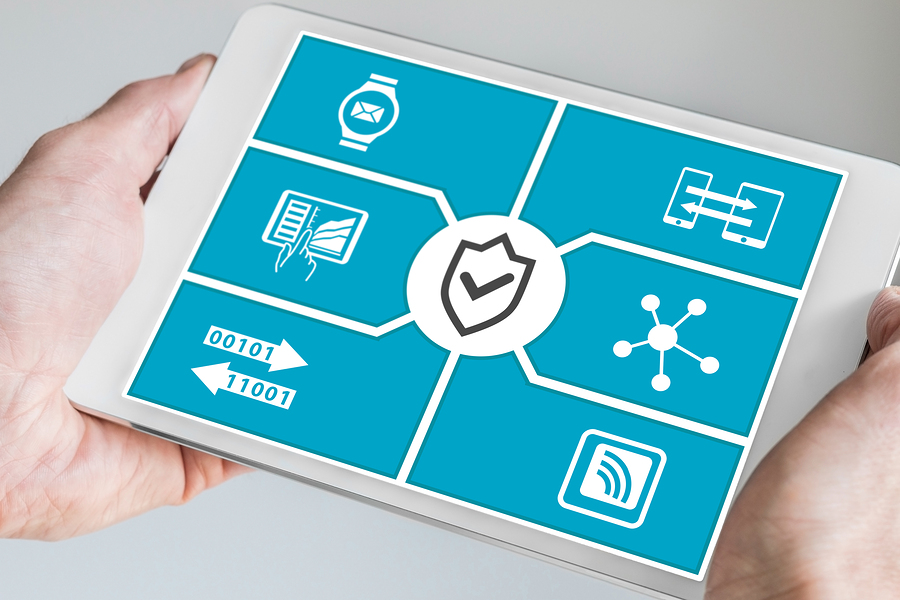While many industrial companies are rushing to become a player in Industry 4.0, speed of adoption is supplanting due process. Specifically, many companies aren’t comprehending the cybersecurity demands of the new industrial internet of things (IIoT). It’s a problem that’s only growing as IIoT adoption scales up, and it’s one that needs solutions soon. The current gap in cybersecurity leaves many companies vulnerable to a wide breadth of potential problems.
A report by analytics firm Gartner warns of the dangers of an unprotected IIoT infrastructure. The report suggests that “over 20 percent of enterprise security attacks will involve IoT connections by 2020” and that the prime target of malicious players will be the manufacturing industry. Further, International Data Corporation (IDC) estimates that more than 40 percent of IIoT data will be “stored, processed, analyzed, and acted upon close to or at the edge of the network.”
For manufacturers focused on getting their IIoT up to scale, this is a recipe for disaster: abundant, important data that’s unsecured and vulnerable.
The challenge of scaling the IIoT safely
The need for better cybersecurity exists, but this need remains unmet due to complications within the industry itself. IIoT is still fledgling technology — technology that has grown faster and spread farther than planned. As a result, cybersecurity challenges persist.
- Aging and antiquated legacy software with inferior security can’t handle the new demands of a networked IIoT system. Designed for internal networking, legacy systems are now exposed to the greater internet — along with their security flaws.
- Lack of security standardization is a serious concern. The National Institute of Standards and Technology (NIST) has cited gaps in due process for securing IoT devices and is still developing a framework for industry standardization. Until standards are drafted, IIoT cybersecurity continues to be subject to uncertain criteria.
- Rapid scaling of IIoT devices has led to patchwork networks with security vulnerabilities. Compatibility with legacy software and similar IIoT innovations isn’t always 1:1 — and every point where it isn’t creates a new threat to security.
- Lack of cybersecurity understanding on the part of system owners leaves companies vulnerable. Until we standardize cybersecurity features, many networks remain open for attack unless secured by IT professionals who understand the new challenges of the IIoT.
- As the IIoT market for devices grows, security flaws persist in these devices. Over-the-air updates are becoming more common, but until they’re standardized, many discovered exploits go unpatched by device owners who don’t know any better.
And these are just the flaws of the IIoT today! Malicious actors are always finding ways to exploit the IIoT in its infancy and will continue to do so as it reaches scale. Each new innovation and leap forward in the industry will bring with it new challenges in cybersecurity.

The future holds promise
Growing even faster than the IIoT industry is the peripheral industry of consulting and support. The chief goal of this market? Providing cybersecurity solutions to IIoT owners. From digitally protecting nuclear power plants to cybersecurity for manufacturing facilities, more than a few IIoT cybersecurity companies have emerged.
Up-and-coming cybersecurity providers are utilizing tomorrow’s technologies to create solutions today. Cloud computing, blockchain, and decentralized information management are all coming to the forefront as possible keys in IIoT security. As these technologies reach scale and become standardized, Industry 4.0 will enter a new phase that’s safe, stable, and scalable for manufacturers adopting IIoT technology.
